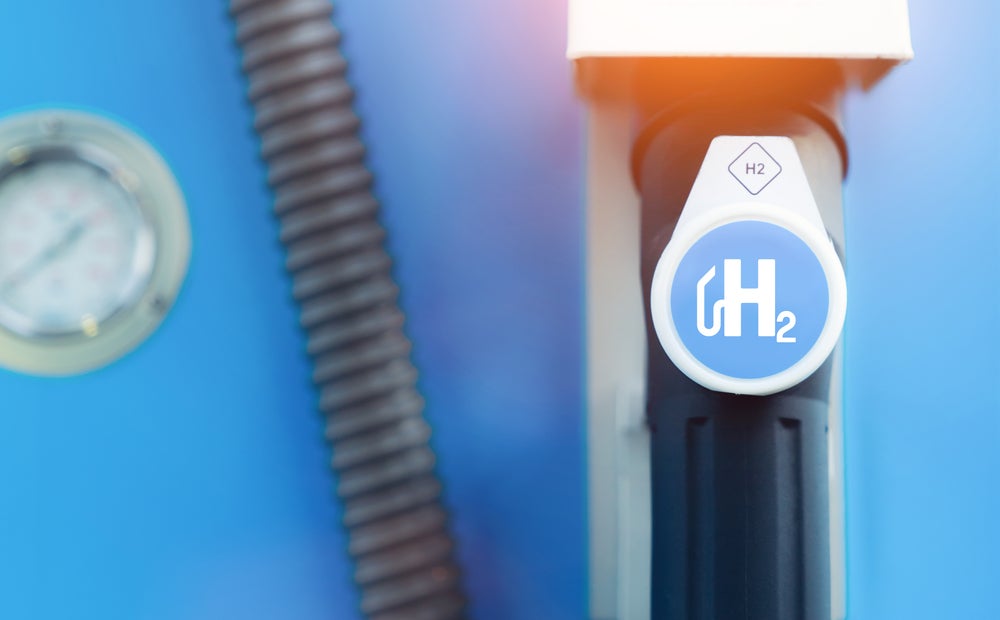
Green hydrogen is set to be a key component in powering Saudi Arabia’s NEOM giga project. Here, Modern Power Systems analyses how the ambitious project is aiming to show leadership in hydrogen usage in the coming years.
Recent months have seen continuing progress with Saudi Arabia’s NEOM giga project – to be constructed in the north west of Saudi Arabia on the Red Sea – with the finalisation of several major contracts.
Bechtel has been selected for “executive project management”, focusing on development of the base infrastructure, including creation of “resource-efficient utilities and a highly advanced transport system”, with “simultaneous construction in multiple locations requiring extraordinary engineering solutions in challenging terrain.”
Bechtel chairman & CEO, Brendan Bechtel, says: “NEOM is one of the most complex projects in living memory and we are proud to be part of it.”
$5bn partnership signed as part of NEOM giga project to develop green hydrogen and green ammonica facility
Saudi Telecom Company (STC) has been appointed to establish an advanced 5G and IoT network, which will help accelerate NEOM’s digital ambitions.
In the renewable energy field, NEOM has signed a $5bn partnership agreement with Air Products and Saudi-based ACWA Power to develop what is currently thought to be the world’s largest planned green hydrogen and green ammonia facility, to be operational in 2025.
Running on 100% renewable power, it will be equally owned by the three partners, with the “innovative integration” of over 4 gigawatts (GW) of solar and wind power plus energy storage.
The aim is to produce 650 tonnes per day of hydrogen using thyssenkrupp electrolysers and 1.2 million tonnes per year of green ammonia using Haldor Topsoe technology, with nitrogen coming from Air Products air separation technology.
Air Products will be the exclusive off-taker of the green ammonia and intends to transport it around the world to be dissociated to produce green hydrogen for the transportation market.
“We are honoured and proud to partner with ACWA Power and NEOM and use proven technologies to make the world’s dream of 100% green energy a reality,” says Seifi Ghasemi, chairman, president and CEO of Air Products.

The project will propel NEOM to the forefront of the global hydrogen market and position it as a significant player in the future of sustainable energy production according to Peter Terium, formerly of RWE now head of NEOM’s energy activities.
NEOM is “exactly where I have found my new destiny”, he says. “After having spent almost 20 years of my professional life in changing an existing energy system towards more renewables, I am now setting up an energy system of the future.
“Truly a blank canvas approach, helping to build a society and economy based on 100% renewable energy. Covering under my responsibility not only the whole value chain from production, transport, distribution, residential, commercial and industrial customers…but also the establishment of a renewable technology manufacturing hub.”
He also notes that the future of renewable energy is not only about electricity from sun and wind but also about decarbonising other forms of energy, which he calls “the second wave of the energy transition”. This will see “conversion of the so called ‘hard to abate’ sectors”.
These sectors “need energy not in the form of green electrons, but in the form of green molecules, commonly known as green hydrogen, but also many derivatives of green hydrogen like green methanol, green fuels, green fertilisers or green ammonia.”
This is currently receiving much attention from policy makers as well as industry, he observes, but “although a lot of talking and pre-feasibility studies are going on” it is so far only at the pilot stage or seeing limited commercial application.
“To really make a difference we need to move to scale and this is what we are going to do in NEOM”, which “will be the largest carbon free system ever implemented.”
Advantages of NEOM for renewables
A particular advantage of the NEOM location for renewables is that is combines high insolation levels (as might be expected) with useful wind speeds, averaging 10.3 metres per second.
The area is roughly 10C cooler than the rest of the Gulf Cooperation Council (GCC), and benefits from winds coming in from the Red Sea, with 450km of coastline. It also includes some attractive geography, with, for example, “scenic snowcapped mountains reaching up to 2500m”.
NEOM is described as a new economic free zone – with special powers to set and regulate its own taxation, customs, and labour laws independently of the rest of Saudi Arabia – and is part of a national plan to help reduce dependence on fossil fuels.
It is “being built from the ground up as a living laboratory”, and is expected to eventually have more than a million residents from around the world. It will include towns and cities, ports and enterprise zones, research centres, sports and entertainment venues, and tourist destinations, according to NEOM.
“As a hub for innovation, entrepreneurs, business leaders and companies will come to research, incubate and commercialise new technologies and enterprises in groundbreaking ways,” says NEOM and it will “embody an international ethos and embrace a culture of exploration, risk-taking and diversity – all supported by a progressive law compatible with international norms and conducive to economic growth”.
The project’s developers point out that “40% of the world’s population will be able to reach NEOM in less than four hours”, while “approximately 10% of the world’s trade already flows through the Red Sea.”
As well as having a fully renewable energy system, NEOM’s transport infrastructure is also planned to be 100% green and fully automated, pioneering the use of autonomous vehicles.
There will be an emphasis on deployment of artificial intelligence, robotics and drones, eg for delivering shopping. The NEOM project also aspires to a high quality of life, encompassing innovative education, housing and healthcare provision.
This article first appeared in Modern Power Systems magazine






